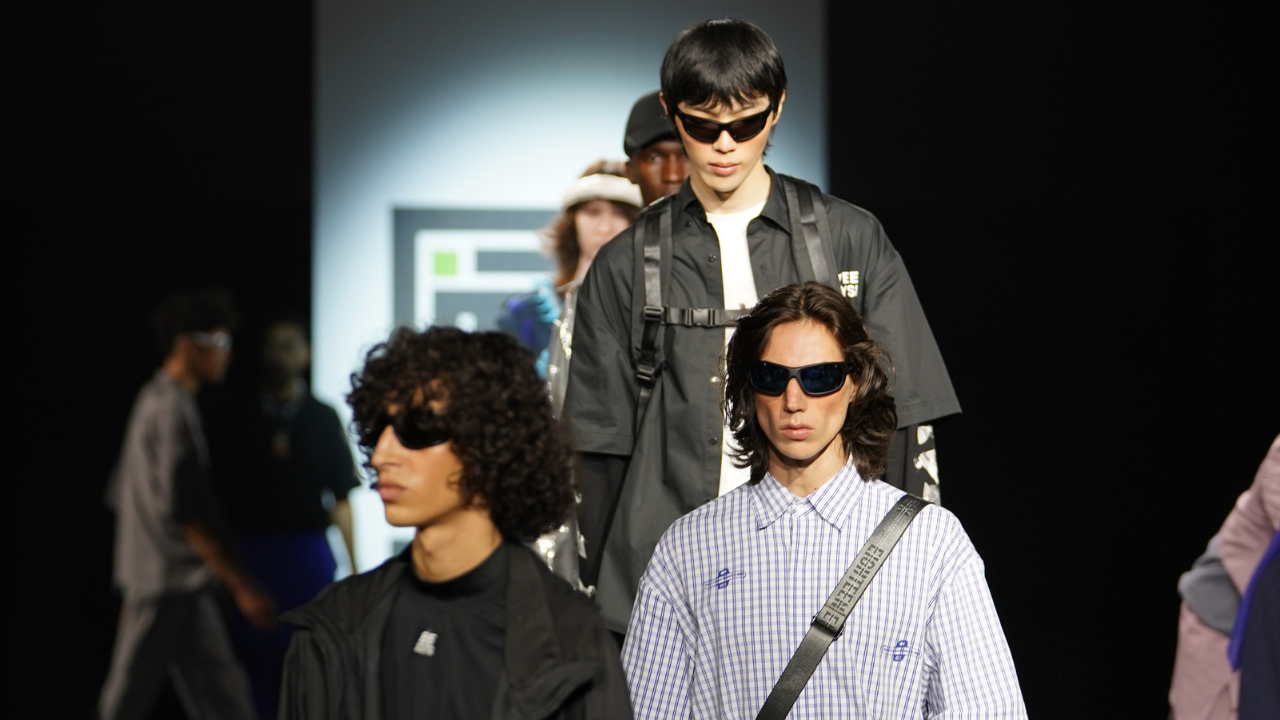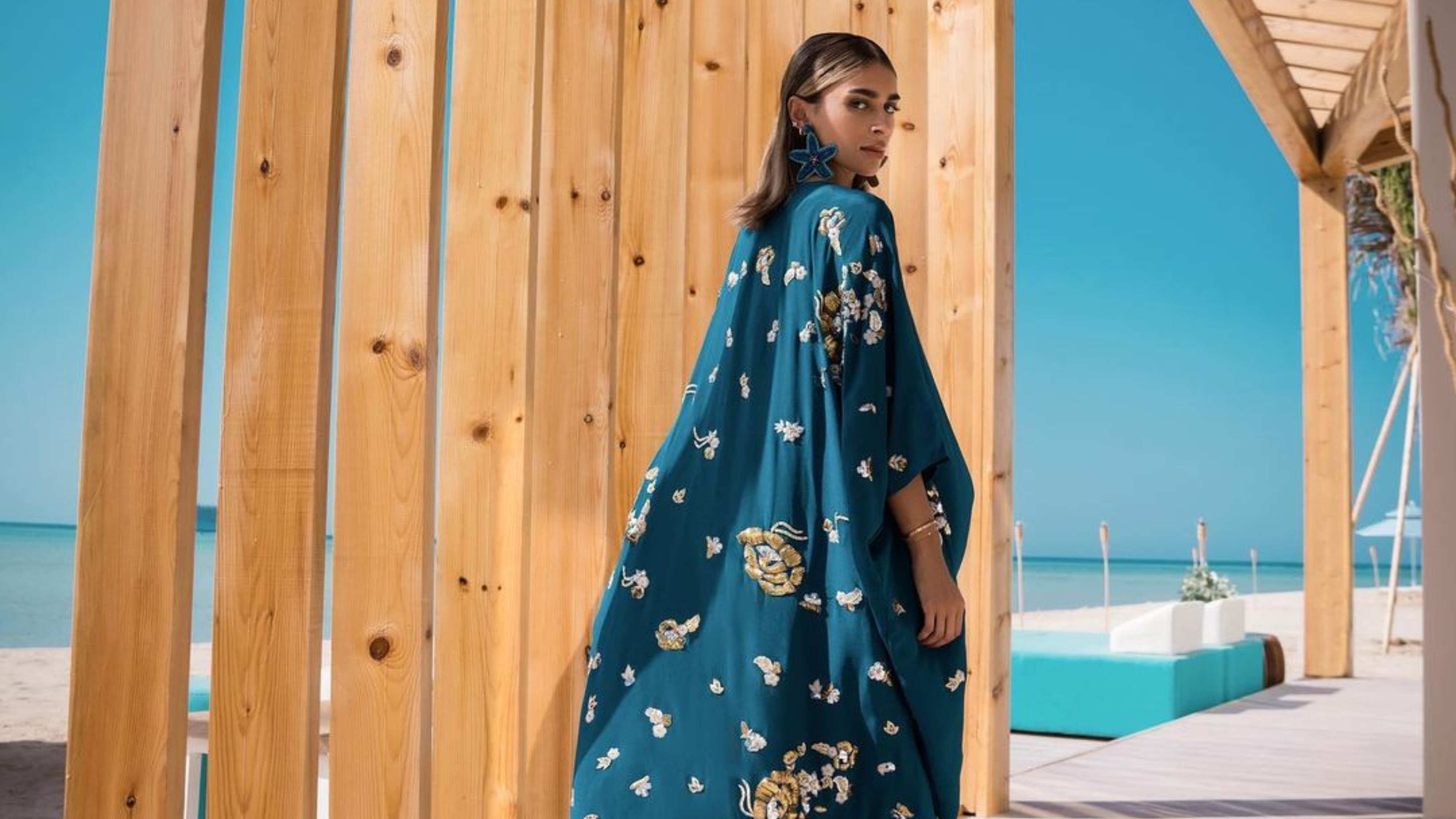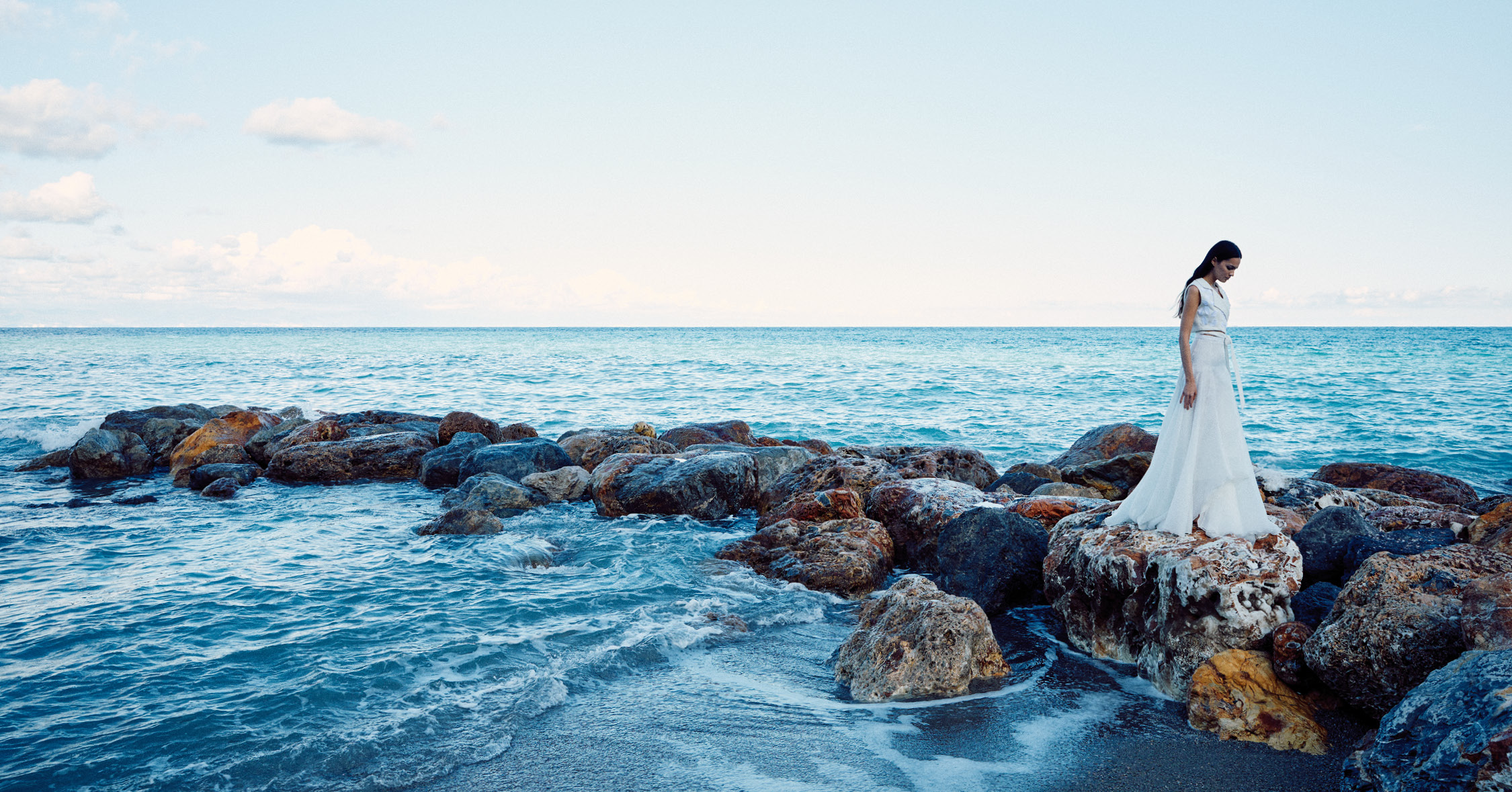Newsfeed

It is no secret that the Middle East’s fashion industry has seen tremendous growth due to the changes in regulation and outbursts of creativity from local designers. The Business of Fashion (BoF) podcast highlights that “cultural and regulatory shifts in the Middle East have accelerated the growth of the region’s $89 billion [Dhs326 billion] fashion industry.” With the governments’ helpful support and encouragement, designers, influencers and other creatives are successfully able to engage in a more unified culture that is immersed in creative work.

In a recent BoF episode, Examining the Complexity of Fashion in Saudi Arabia, Imran Ahmed, founder of the BoF podcast, joins Marriam Mossalli, founder and chief executive of Niche Arabia, to discuss BoF Insights’ latest report, “Fashion in the Middle East: Optimism and Transformation.” The episode specifically focuses on the fashion scene in Saudi Arabia. Here are four things Mariam Mossalli wants you to know about the Kingdom.
CHANGE IS REAL

Ahmed starts the conversation by asking Mossalli what misconceptions people in the West may have about the Kingdom, which has been receiving a lot of press coverage lately, especially for its outstanding landscape projects and fashion achievements. Just recently, the Saudi 100 Brands initiative, launched by the Saudi Fashion Commission, featured a selection of Saudi brands at Paris Fashion Week. Mosalli explains that there are always circulating questions of, “Is this real? Is this really happening?” The Niche Arabia founder shares, “As someone who’s Saudi… I can tell you that it is. That’s what’s so exciting about all these changes because it’s directly affecting us.” She continues, “I think it’s an amazing opportunity for us to not just open our doors and import aesthetics when it comes to fashion, but also export it. I think that’s what’s getting everyone really excited here in the Kingdom, to actually show people our heritage and aesthetic.” Indeed, many Saudi designers and citizens take pride in the country’s heritage and are eager to showcase its beauty to the world.
What it means to be a woman in Saudi has also drastically changed over the years. According to the podcast, “Women now make up 33 per cent of the local workforce, increased 60 per cent in the past two years, and their involvement in leadership roles has grown.”
THE POPULATION IS YOUNG, and INNOVATIVE

Both local and international brands are seeking to take advantage of the growth and change occurring in the Saudi market. Ahmed asks Mossalli to paint a picture of how an average day for a young, fashion-interested, person looked like 10 years ago versus today. To that, the entrepreneur answers, “Our fathers built the kingdom. They were the engineers… Our generation is the first to delve into other industries. What we’re seeing now with this generation, it’s the same thing but now it’s technology, it’s fintech, it’s fashion.” Mossalli explains that the Ministry of Culture continues to foster creativity in young Saudis via initiatives such as the fashion and film commissions.
The emergence of new, untapped, industries opens opportunities for Saudi’s creative talents. Mossalli shares, “We’re really young. 70 per cent of our population is under the age of 30.” She notes that the main differentiation from 10 years ago is that the population today needs more guidance seeing as it is so young.
THE ABAYA IS HERE TO STAY

For those who are unfamiliar, the abaya is “a full-length garment some Muslim women wear in public as outerwear, like a coat.” From a Western standpoint, the abaya could be seen as a “garment of suppression,” when in reality, it is a “garment of national pride,” Mossalli explains. Over the years, the abaya has gotten a colourful makeover. It is truly part of a Saudi woman’s identity, from the way it is styled to the way in which the sheila falls. “We love it,” Mossalli says, it’s not something they want to let go of.
With the increased integration of women in the workforce, fashion in the region is adapting to suit their working lives. The entrepreneur explains, “What we’re seeing is its [garments] changing… Light fabrics, shorter, so that it doesn’t get caught inside our car door or the wheels of our office chair. It’s now made for us with that lifestyle in mind.”
modesty is not a must, IT IS A CHOICE

Mariam Mossalli offers advice for international brands coming into the region, keeping in mind that there will be growing competition from home-grown brands. She says, “… a misconception brands held for the past 10-20 years is that they need to have a longer, maxi version, of a [particular] outfit in the Middle East.” That is not the case, “We do go out, we do socialise, we do take off the abaya. This is only something we wear in the public arena and not in our private lives,” Mossalli explains. Ready-to-wear is still valid for the Saudi community and still very much relevant.
Read More: How TikTok Contributed To The Global Conversation Of NEOM’s THE LINE
To listen to the full episode, click here.








